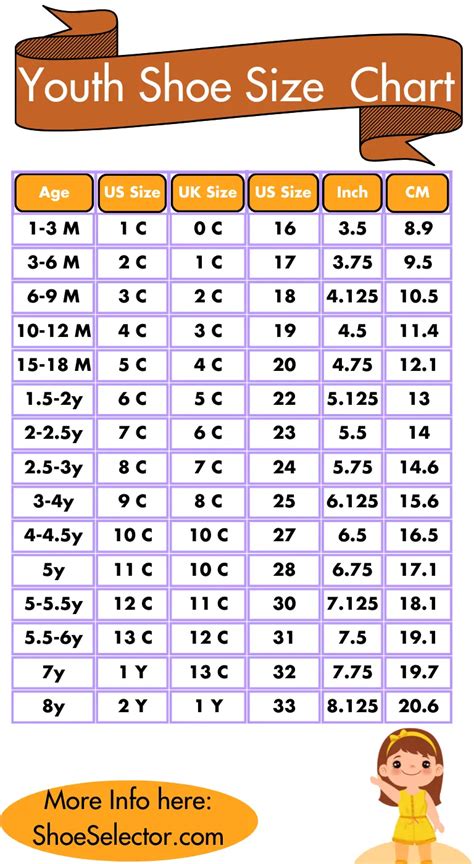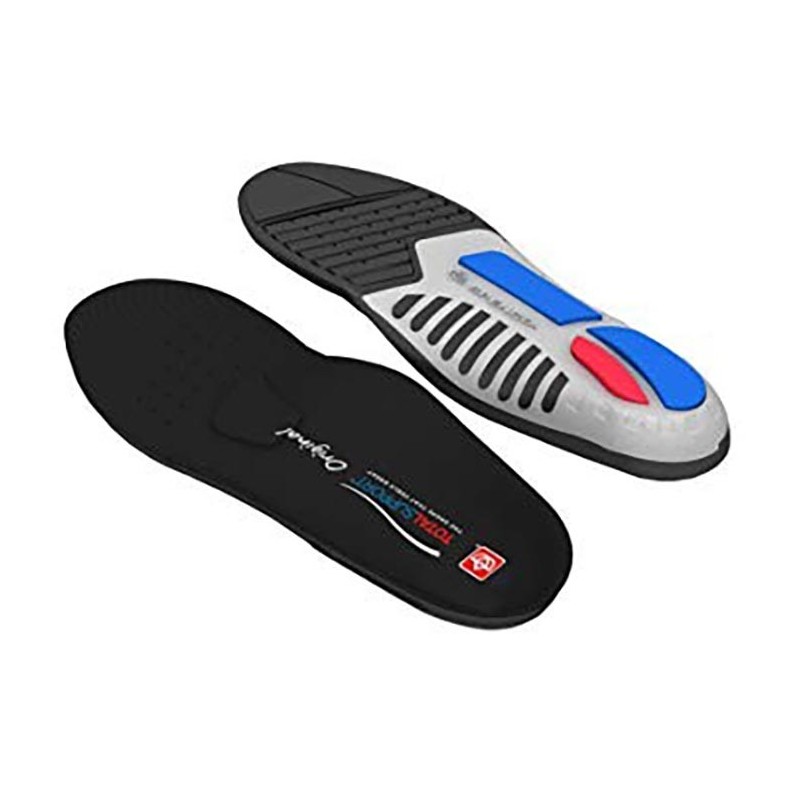5 Youth Size Tips

When it comes to dressing youth, there are several key considerations to keep in mind to ensure they look and feel their best. One of the most critical factors is understanding how to work with youth sizes, which can vary significantly between brands and types of clothing. Here are five essential tips to help navigate the sometimes confusing world of youth sizing:
1. Understand the Sizing Charts
Each clothing brand has its unique sizing chart, and this is particularly true for youth sizes. What might be considered a large in one brand could easily be a medium in another. It’s crucial to consult the sizing chart for each brand you’re shopping from. These charts usually provide measurements for different parts of the body (like chest, waist, and length for tops, and waist and inseam for bottoms) to help you choose the best fit. Don’t rely on generic size labels; instead, match your child’s measurements to the chart for the most accurate fit.
2. Consider the Activity and Purpose
The type of activity or occasion the clothing is intended for can significantly influence the size choice. For example, if you’re buying clothing for sports or active play, you might opt for a slightly looser fit to allow for a full range of motion. Conversely, for more formal occasions, a closer fit might be more appropriate. Understanding the purpose of the clothing can help you decide between sizes when your child’s measurements fall between two options.
3. Measure Regularly
Children grow at different rates, and what fits perfectly one month might be too small the next. Regular measurements are key to ensuring that the clothing you buy fits well. It’s also wise to consider the growth rate of your child when purchasing. If you know they are going through a growth spurt, you might opt for clothing that is slightly larger to get more wear out of it.
4. Think About Layering
Layering is a great way to extend the life of youth clothing and adapt to different weather conditions. When shopping for tops and bottoms, consider how they will layer under or over other pieces. A base layer that fits closely can be paired with looser-fitting mid-layers and outerwear for a versatile wardrobe. This approach also helps in managing sizing transitions as your child grows.
5. Blend Quality and Budget
While it’s tempting to go for the cheapest option, especially considering how quickly children outgrow their clothes, quality is also an important factor. High-quality clothing tends to last longer and can be more comfortable against the skin. Look for a balance between quality and budget. Consider investing in a few essential, high-quality pieces that will be worn frequently, and balance these with more affordable options for items that might not see as much use or will be outgrown more quickly.
How often should I measure my child to ensure the best fit?
+It's a good idea to measure your child every 2-3 months, as children can grow rapidly, especially during certain phases of development. Regular measurements help ensure that the clothes you buy will fit well and reduce the likelihood of purchasing something that will be outgrown too quickly.
What's the best way to layer clothing for children to ensure comfort and versatility?
+Layering should start with a breathable base layer (like cotton or merino wool) that fits closely to the body, followed by mid-layers (fleeces or sweaters) that can add warmth, and finally an outer layer (waterproof or windbreaker) for protection against the elements. This approach allows for easy adjustment to different temperatures and activities.
By following these tips, you can navigate the world of youth sizing with more confidence, ensuring your child is always dressed in clothes that fit well, are appropriate for their activities, and make them feel great about how they look.Remember, the key to successful youth sizing is a combination of understanding sizing charts, considering the purpose of the clothing, measuring regularly, thinking about layering, and finding a balance between quality and budget.



